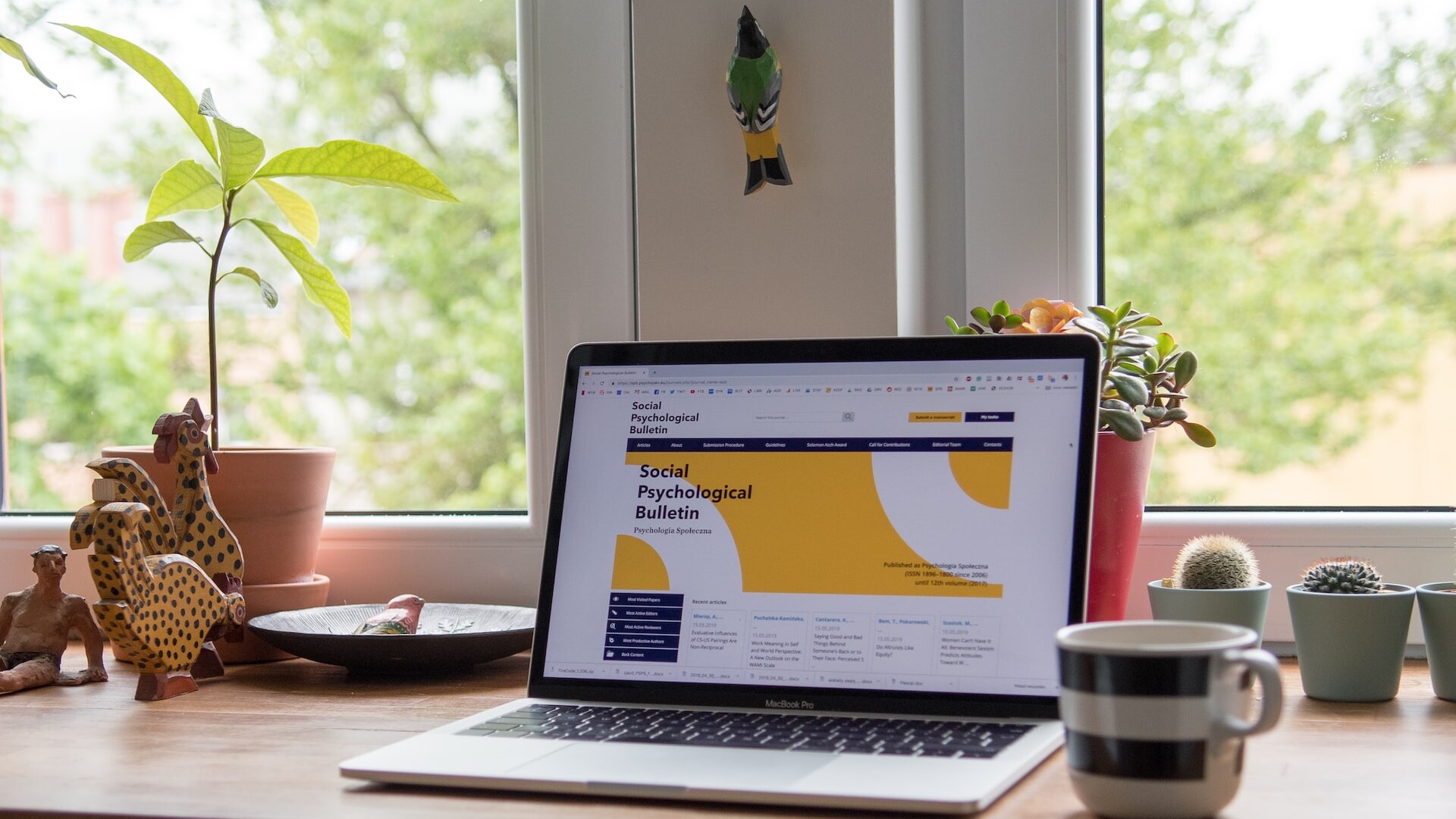Identifying (and Fixing) Common Usability ‘Stuck Spots’
There are many seemingly small usability issues that can go unnoticed causing site owners to wonder why drop numbers are increasing and conversions aren’t happening frequently. Making sure the site is performing at it’s highest potential across all devices by testing and correcting identified issues will help to get back on track to better SEO and happier users.
Site Speed & Load Time
Slow site speed is an increasing challenge across many channels with respect to design, development and ultimately – the bottom line of a company. Site users provide the data backing. Improved levels of satisfaction are present when a site loads quickly and alternately, a dissatisfaction if a page load is longer than they expect it to be. Longer load times, even at a rate of a one second delay can be an huge usability issue affecting the financial stability of a company, particularly for ecommerce. At this one second delay ratio, a commerce site doing 50k daily would lose approximately $1.5 million in sales annually – all for something that could be avoided with optimization.

Design for User Patterns
To prevent usability issues, the surge of a minimalistic approach to interface design, many sites have a pared down approach to content. However, testing has shown that regardless of amount of content – user patterns show a lean towards a left to right pattern of reading, heavily leaning to the left side of the page.
Font & Spacing
While it’s important to focus on the overall design of the site, and how the typographic elements intermix with their visual counterparts – it’s critical to remember that the purpose of the content is to help the user solve a problem and accomplish a goal oriented task. A site that is readable will move way ahead in engagement than those that employ non-readable and highly non-fluent fonts in unappealing sizes. Body copy is the most important aspect of readability – a logo or title, seen in a larger font is less important for usability than that of the longer, body copy material.
Perform An Audit
The above discussed ‘stuck spots’ are only a few of the pitfalls that can plague the success of a site. By performing an audit, the real drilled down issues come to the surface and can be corrected. Audits that can be tailored to specific problem areas and usability issues will reveal the most critical aspects that need to be fixed, redesigned or optimized.
Related Articles
Navigating Usability Testing for Effective UX Design
June 19, 2024
The Future of User Experience
March 18, 2023



